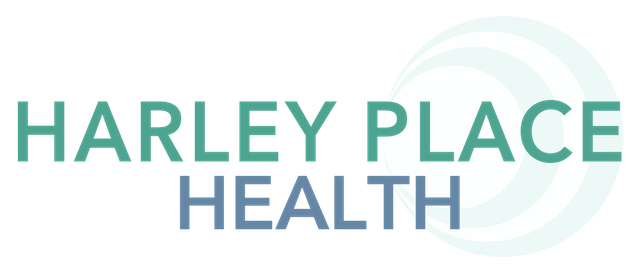Thought we would share a few notes from a super interesting podcast we listened to this week. Dr Rhonda Patrick is an American MD who specialises in healthy aging. You can read her background her https://www.foundmyfitness.com/about-dr-rhonda-patrick
In the episode, Dr. Patrick describes strategies you can apply immediately to enhance cellular health, protect the nervous system, elevate mood, reduce inflammation, promote muscle and bone function, and help prevent chronic disease.
The conversation focuses on things like Vitamin D, Magnesium and Omega 3s and their role in brain health. She tries to emphasise ‘low hanging fruit’, that is, things you can do that are cheap and easy and accessible to everyone, that also make a massive difference.
She also talks about the importance of different types of exercise and their effects on health and longevity which is great information. For example:
A large-scale trial of the effect of aerobic exercise such as running on cognition in the 20- to 67-year age range. Here’s what they found:
Better Thinking Skills as You Age: Exercise helped people’s executive function – that’s your brain’s ability to manage tasks, plan, and focus. This improvement was especially noticeable in older participants, suggesting that regular aerobic exercise might counteract age-related decline in these skills. But it wasn’t directly tied to age; younger adults also had improvements in executive function.
Thicker Brain Cortex, Regardless of Age: Participants showed an increase in the thickness of a part of the brain involved in executive function, and this wasn’t dependent on how old they were. This is important because it means exercise supports brain health at any adult age. A thicker cortex is often associated with a higher cognitive reserve, which refers to the brain’s ability to improvise and find alternate ways of getting a task done. This can help people maintain functioning in spite of brain aging or damage from conditions like Alzheimer’s disease. A thicker cortex may signify a form of resilience or a slower rate of degeneration in aging processes and diseases like Alzheimer’s. A thicker cortex is also often a sign of greater neural plasticity, which is the brain’s ability to reorganize itself by forming new neural connections throughout life. This is crucial for learning new information and skills. Certain regions of the cortex are involved in emotional regulation. A healthier cortex might contribute to better emotional health and stability.
Real-world Application: The way the workouts were implemented could be a practical recommendation for improving brain health for the general public.
Consistency is key: participants exercised about 40 minutes, four times a week for six months.Gradually increasing effort: they started easy and slowly increased their workout intensity. During the initial two weeks, participants targeted a heart rate of 55%-65% of their maximum, constituting a mild to moderate effort, followed by an increased intensity in weeks 3 and 4, aiming for 65%-75% of their maximum heart rate, representing a more solid moderate effort.
Monitoring progress: using heart rate monitors helped them stay in the desired exercise intensity.
Flexibility: participants could choose the exercise (running or cycling) they preferred and set their schedules.
You can listen to, or watch the podcast by clicking this link:
https://www.foundmyfitness.com/episodes/ifm-micronutrients-exercise




